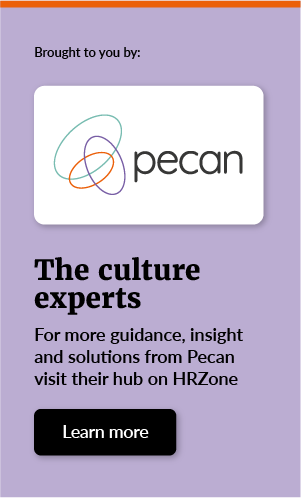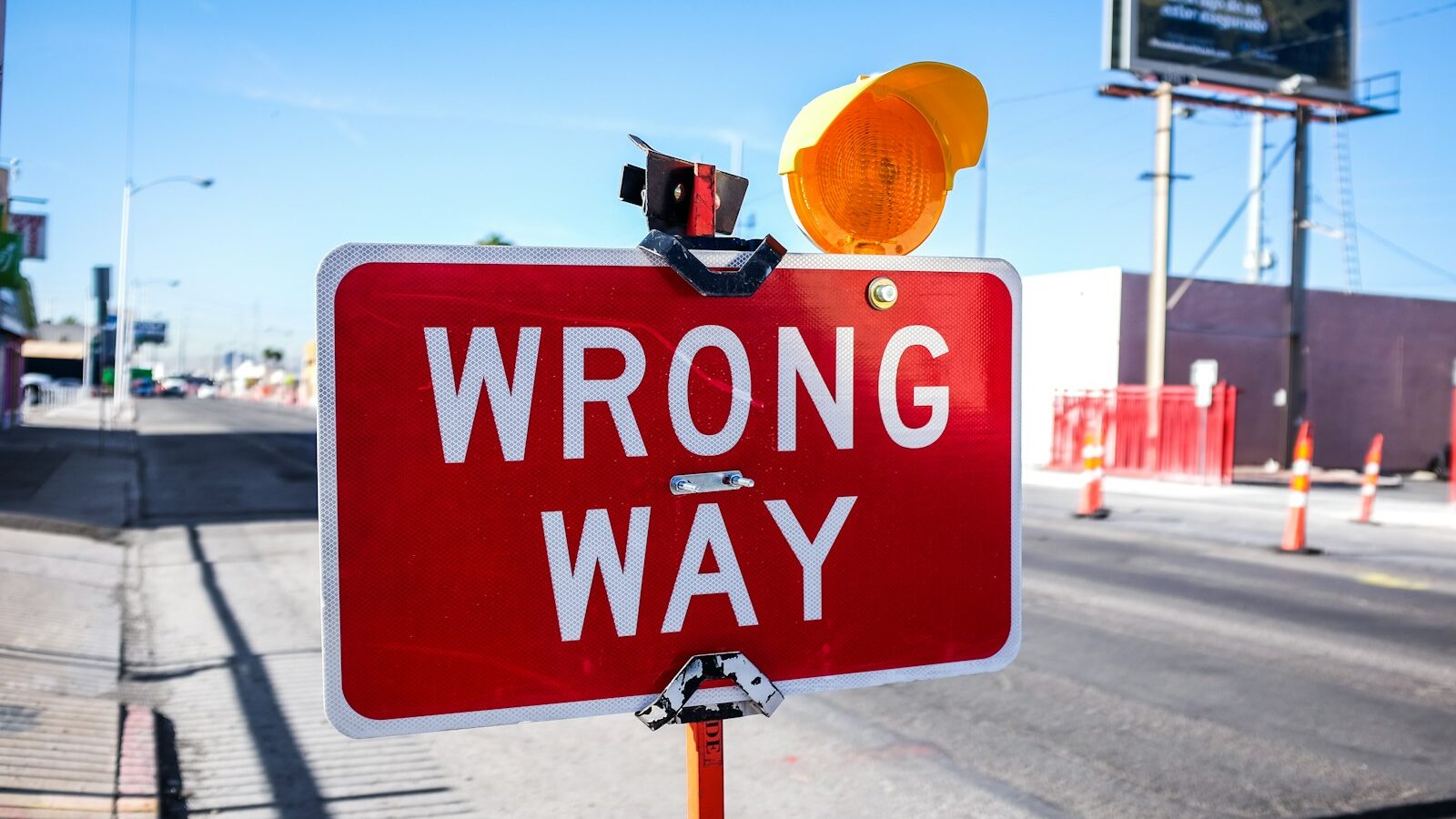“The best organizations hire managers with a talent for engaging their teams, and they train their managers into effective coaches who consistently deliver meaningful individual feedback that inspires better future performance.” So said Gallup’s State of the Workplace 2024 Report published earlier this year.
What exactly is meant by ‘coaching’ and why does it make such a difference? Is it something that anyone can do? Does it take more time than normal people management approaches? Here we unpack some of the mystery of coaching and share examples of how it can help tackle many of the challenges faced by organisations today.
What is coaching?
The CIPD defines coaching as an approach that “aims to produce optimal performance and improvement at work. It focuses on specific skills and goals and may also have an impact on an individual’s personal attributes such as social interaction or confidence.”
For many years, having a coach has been the privilege of Executives and other senior leaders, with the relationship lasting for a defined period of time, focused on helping the client achieve some specific goals.
A coaching style from the meeting chair can help harness the benefits of a diverse team.
But increasingly, coaching is valued as an ongoing management style. There is certainly skill involved, such as asking open questions (that can’t be answered with a ‘yes’ or ‘no’), and active listening. However, the real power behind the skill is a fundamental belief that everyone has potential that can be released in the right conditions. A belief that individuals have far more power to work out what needs to be achieved, the root cause of issues, new ideas and potential solutions when given the space and support.
Who can coach?
Coaching is not hierarchical. Anyone who already has, or is willing to develop, a coaching mindset and skills, can work in this way. Indeed organisations can create a coaching culture where this becomes the normal way of working together.
How does coaching help?
Here are some examples of the impact of coaching, inspired by our work with clients where coaching has become a ‘signature skill’, used in 121 conversations, with teams and groups, in all aspects of organisational life.
Strengthen collaboration and productivity
Working with two teams who need to work more effectively together, coaching questions help everyone share a vision of ‘what great looks like’ and take ownership for achieving it. For example
- When have we been at our most collaborative and productive?
- What were we doing/saying? What was our mindset?
- What gets in the way of us doing this more often?
- What one or two actions will we commit to? And what will be the benefit to us?
Harness diversity and innovation
Online meetings can make it especially challenging to create an inclusive environment, where diverse views, skills and experiences are encouraged and valued. A coaching style from the meeting chair can help harness the benefits of a diverse team.
For example
- What alternative perspectives have we not heard yet today?
- If we could do anything, with no constraints, what might we do?
- What implications of our decision have we not considered?
- How might this decision impact people with protected characteristics?
Embed hybrid and flexible working effectively
Many organisations have become stuck in a transition from office-based to hybrid or remote working. It’s working for some employees but not for others, leaders are concerned about the impact on productivity, team cohesion and customer experience. Rather than ‘making do’, coaching can help retain the benefits and address the downsides.
It’s the space in which people find their own power and confidence.
For example
- What do people love about our current approach to hybrid and flexible working?
- What impact is it having (on individuals, team, organisation, customer)?
- What is not working as well as it could? Why is that?
- What one or two things would make the biggest difference to our experience and effectiveness at work?
Reduce stress and burnout
Levels of stress and burnout continue to grow in workplaces around the world, especially among leaders and managers. In these circumstances, people feel out of control and get stuck ‘head down’ in survival mode. Coaching can help create a feeling of ownership and optimism.
For example
- What are all the different sources of stress for you?
- Which of these do you have some level of control or influence over?
- What advice would you give to a friend in this situation?
- What support do you need to act on this insight and change your experience?
In all of these cases, leaving space for the individual, team or group to reflect and find their own insights and ideas is where the magic happens. It’s the space in which people find their own power and confidence.
These are just a few examples of how a coaching style can help address some of the biggest workplace challenges. Coaching may not be the answer to absolutely everything, but it comes close.











